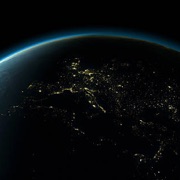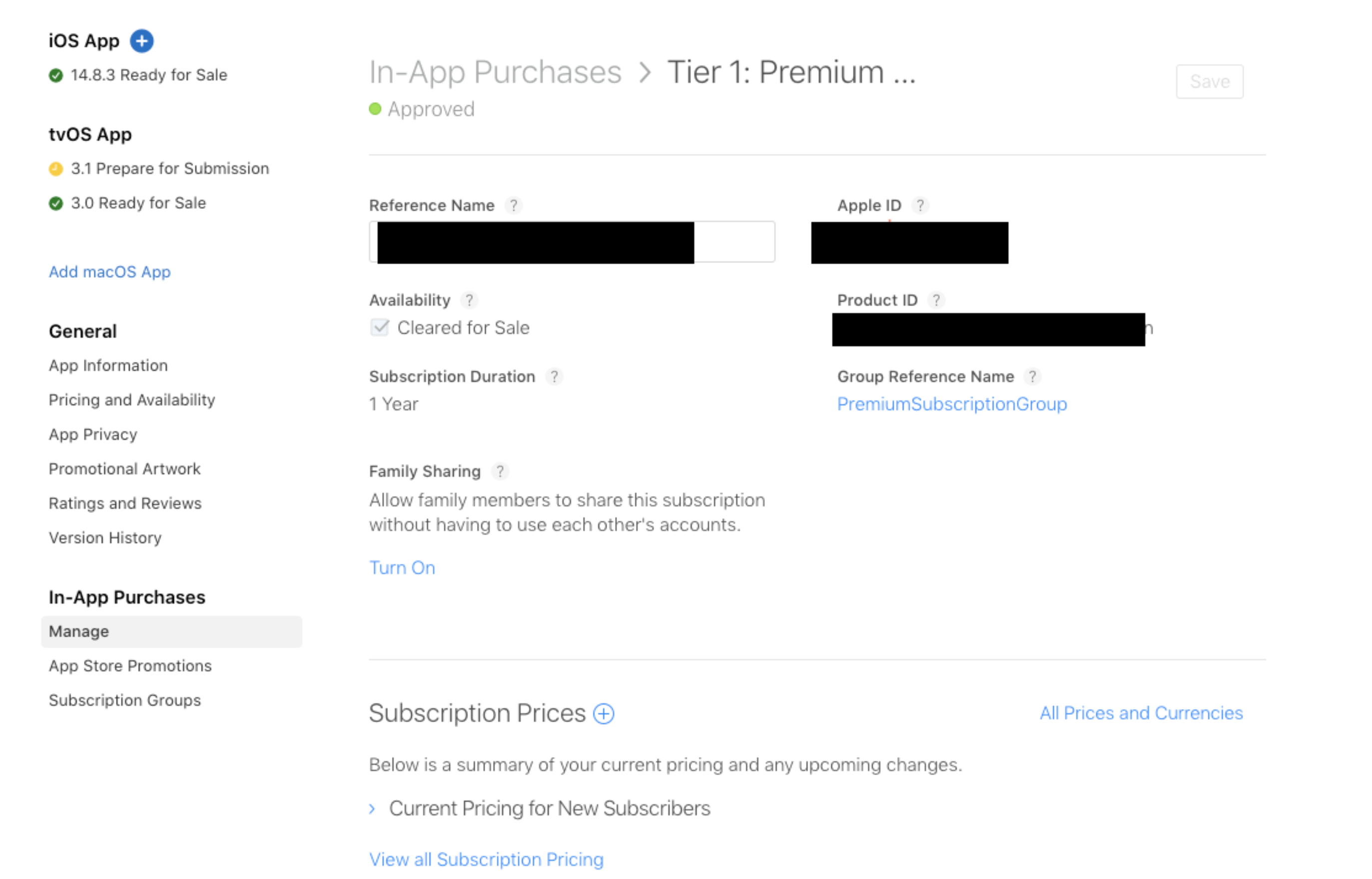AccuWeather meteorologists are available 24/7 to provide further insights and updates on evolving weather conditions. Please contact pr@accuweather.com during regular business hours, or support@accuweather.com or call AccuWeather’s Media Hotline at (814)-235-8710 at any time to arrange interviews with AccuWeather experts or to request the most updated graphics for print or broadcast.
Elevated risk of wildfires in Hawaii as tropical threat approaches the islands
August 21, 2024
AccuWeather expert meteorologists say a budding tropical system could bring gusty winds to Hawaii and raise the risk of wildfires before drenching rainfall arrives.
AccuWeather Global Weather Center – August 21, 2024
Families, businesses and officials are being warned to prepare for gusty winds that could trigger wildfires in Hawaii, ahead of a tropical rainstorm forecast to approach the islands this weekend.
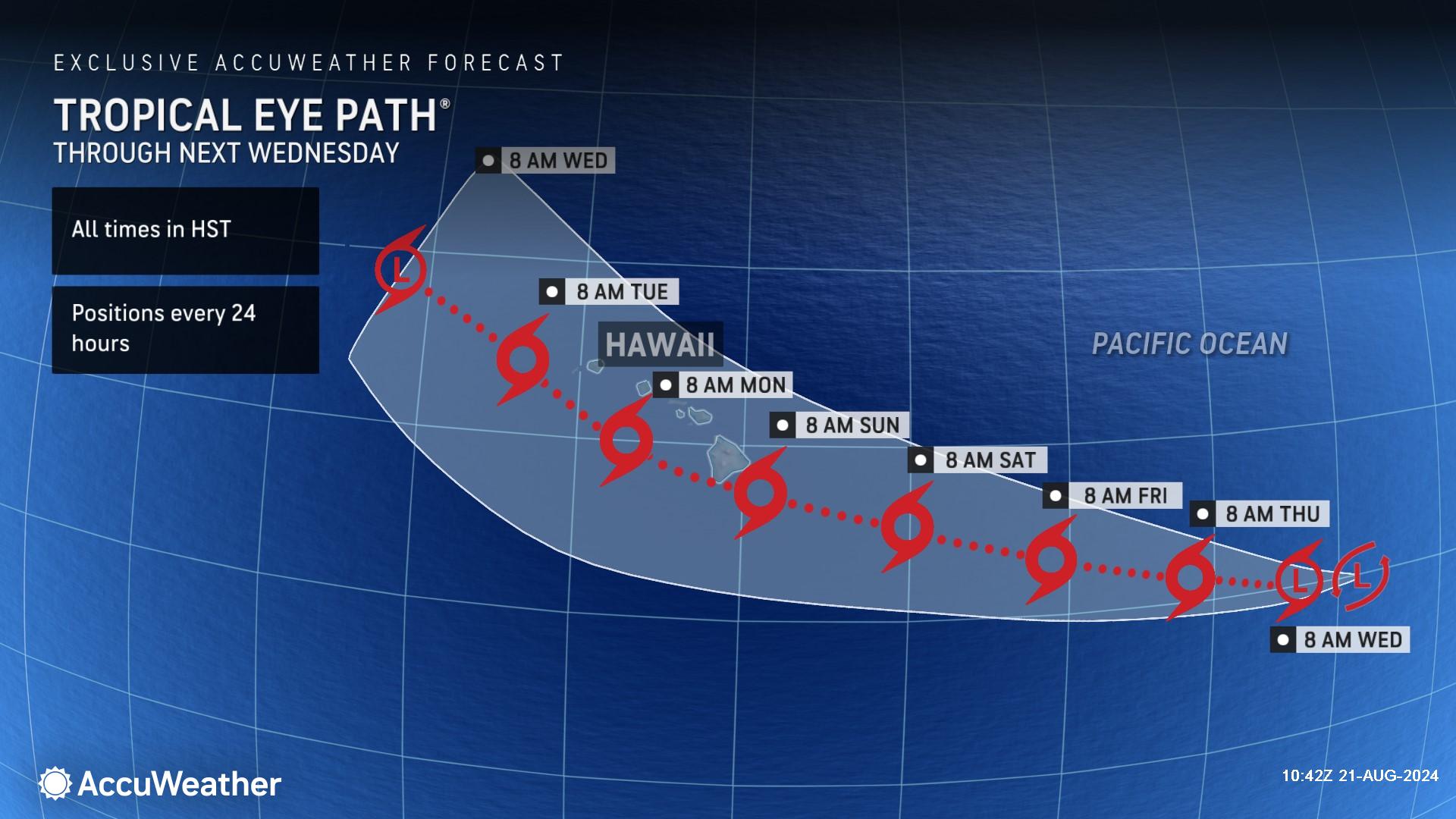
“An area of high pressure is north of Hawaii right now. Trade winds are blowing in from the east-northeast,” said AccuWeather Chief On-Air Meteorologist Bernie Rayno. “The upper high is going to produce a southeasterly steering flow, which will steer this tropical threat toward Hawaii as we approach the weekend.”
AccuWeather expert meteorologists have begun to refer to this potential threat as a tropical wind and rainstorm to raise public awareness of the potentially serious nature of the feature. AccuWeather is forecasting this tropical wind and rainstorm to strengthen into a named tropical storm within the next 24 to 48 hours.
The next name on the official list of tropical storms for the eastern Pacific is Hector. If the storm is named in the Central Pacific (west of 140 degrees W longitude), it would be given the name Hone.
Gusty winds could spark a wildfire
AccuWeather Meteorologist Brandon Buckingham says trade winds will pick up across Hawaii ahead of the storm, leading to an elevated risk of wildfires across the islands.
"A majority of the Hawaiian Islands have experienced worsening drought conditions in recent weeks, so any rainfall will be beneficial to the island chain,” said Buckingham. “However, if a majority of the rain strays to the south of the islands and the primary impacts from the storm come from gusty winds, the wildfire risk could greatly increase as the storm passes by."
Pockets of severe and extreme drought conditions have been reported recently on the Big Island and Maui.
"In terms of kicking up strong, dry winds that can enhance the wildfire risk, a fully developed tropical storm or hurricane passing just to the south of the islands but not bringing rain would be a worst-case scenario," warned AccuWeather Lead Hurricane Expert Alex DaSilva.
Last August, powerful Hurricane Dora passed well south of the islands while strong high pressure hovered to the north. The combined circulation of both systems created stiff east-northeast winds that knocked down trees and down power lines and triggered rapidly spreading and deadly wildfires.
AccuWeather expert meteorologists do not expect the winds to be as strong as they were during the event last August, which led to the Lahaina wildfire.
Prepare for drenching rain and rough surf
AccuWeather expert meteorologists warn that rough surf and gusty winds will be possible across portions of the Hawaiian Islands starting this weekend as the storm approaches from the east.
Wind gusts of 40-60 mph will be possible across the Big Island with locally higher gusts of 60-80 mph possible across the higher terrain. The AccuWeather Local StormMax™ for wind is 100 mph.
"Even a less intense tropical storm or depression that moves directly toward the islands will raise some dry winds in advance of moisture and showers and thunderstorms," said AccuWeather Senior Meteorologist Brett Anderson. "Then once the feature's moisture spreads over the islands, the risk of wildfires would diminish due to the wet landscape, regardless of wind intensity."
AccuWeather expert meteorologists are forecasting 1-2 inches of rain across the islands with 2-4 inches across the Big Island and Maui. Rainfall totals can span from 4-8 inches across the windward side of the Big Island of Hawaii with the AccuWeather Local StormMax™ of 20 inches.
Rayno says cooler waters south of the islands could prevent this tropical threat from gaining additional wind intensity.
“The water temperatures are a bit lower than the historical average just south of Hawaii,” said Rayno. “That could help prevent this storm from intensifying into a hurricane.”
More tropical trouble brewing in the Pacific
In addition to the tropical rainstorm that will bring impacts to Hawaii, AccuWeather expert meteorologists are closely monitoring two other tropical threats in the eastern Pacific.
“The Atlantic basin is quiet right now, but it’s very busy in the eastern Pacific. We already have one hurricane and two other potential tropical threats that we’re closely monitoring,” said Rayno. “Hurricane Gilma is southwest of Baja California. We don’t expect any impacts with landmasses this week.”
A third tropical threat with a high risk of development potential is also being monitored off the western coast of Mexico in the eastern Pacific.
Are tropical storms in Hawaii rare?
AccuWeather expert meteorologists say direct hits by tropical storms and hurricanes are rare in Hawaii.
Olivia was the last tropical storm to make landfall in Hawaii in September 2018. Before reaching Hawaii as a weakening tropical storm, Olivia had reached Category 4 intensity on the Saffir-Simpson wind scale for hurricanes. The hardest hit by flooding, rain and wind from Olivia was Maui. Olivia was the first tropical cyclone to make landfall on Maui and Lanai in recorded history.
During the prior month in 2018, Hawaii had a close encounter with a Category 5 hurricane named Lane. Fortunately, Lane weakened substantially and never made landfall in the islands.
Prior to Hawaii's greatest natural disaster, which Dora contributed to last August, Iniki from September 1992 was the costliest hurricane. As a Category 4 hurricane, Iniki caused $3.1 billion in damage as it struck the island of Kauai.
AccuWeather Forecast Graphics
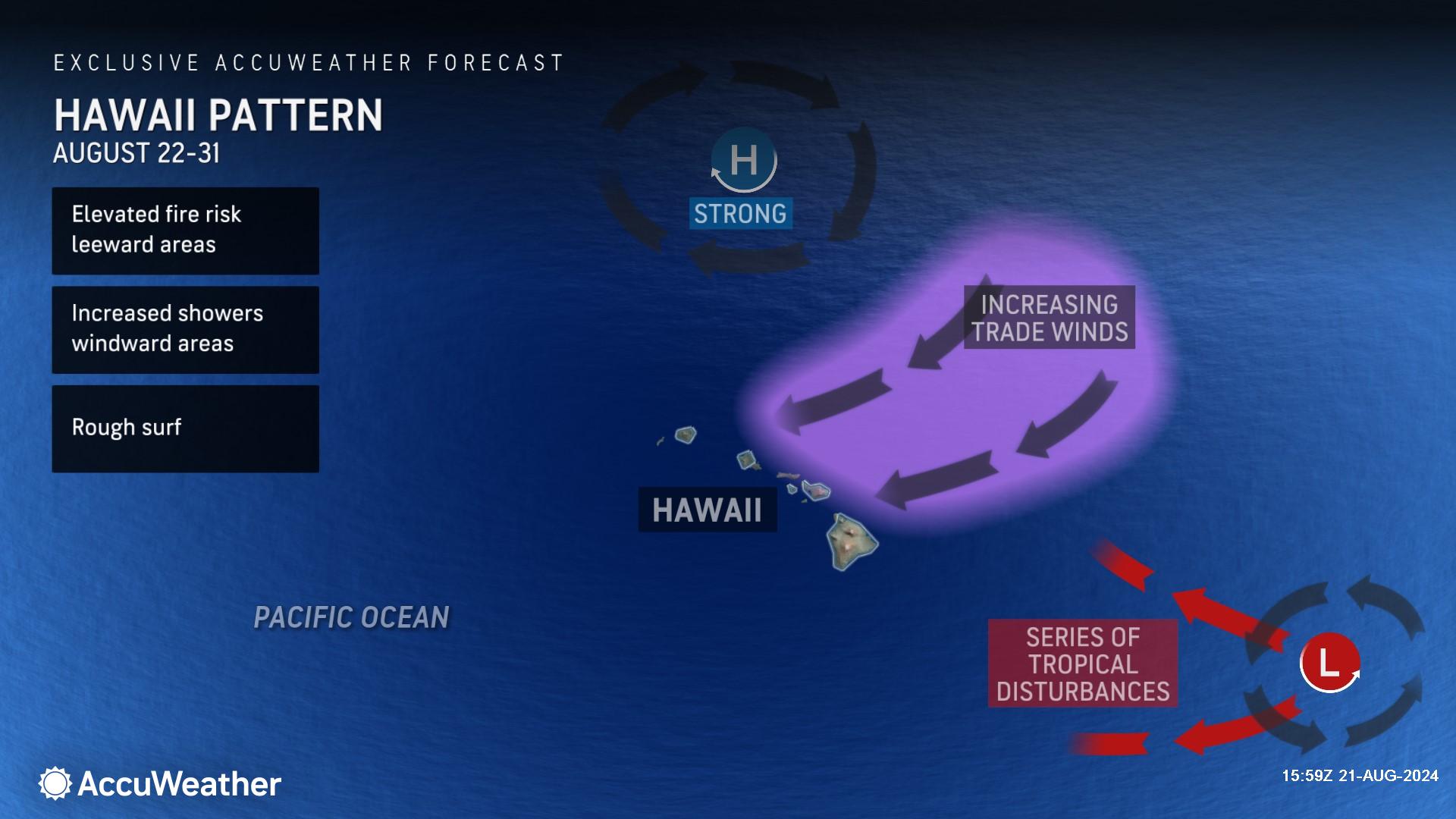
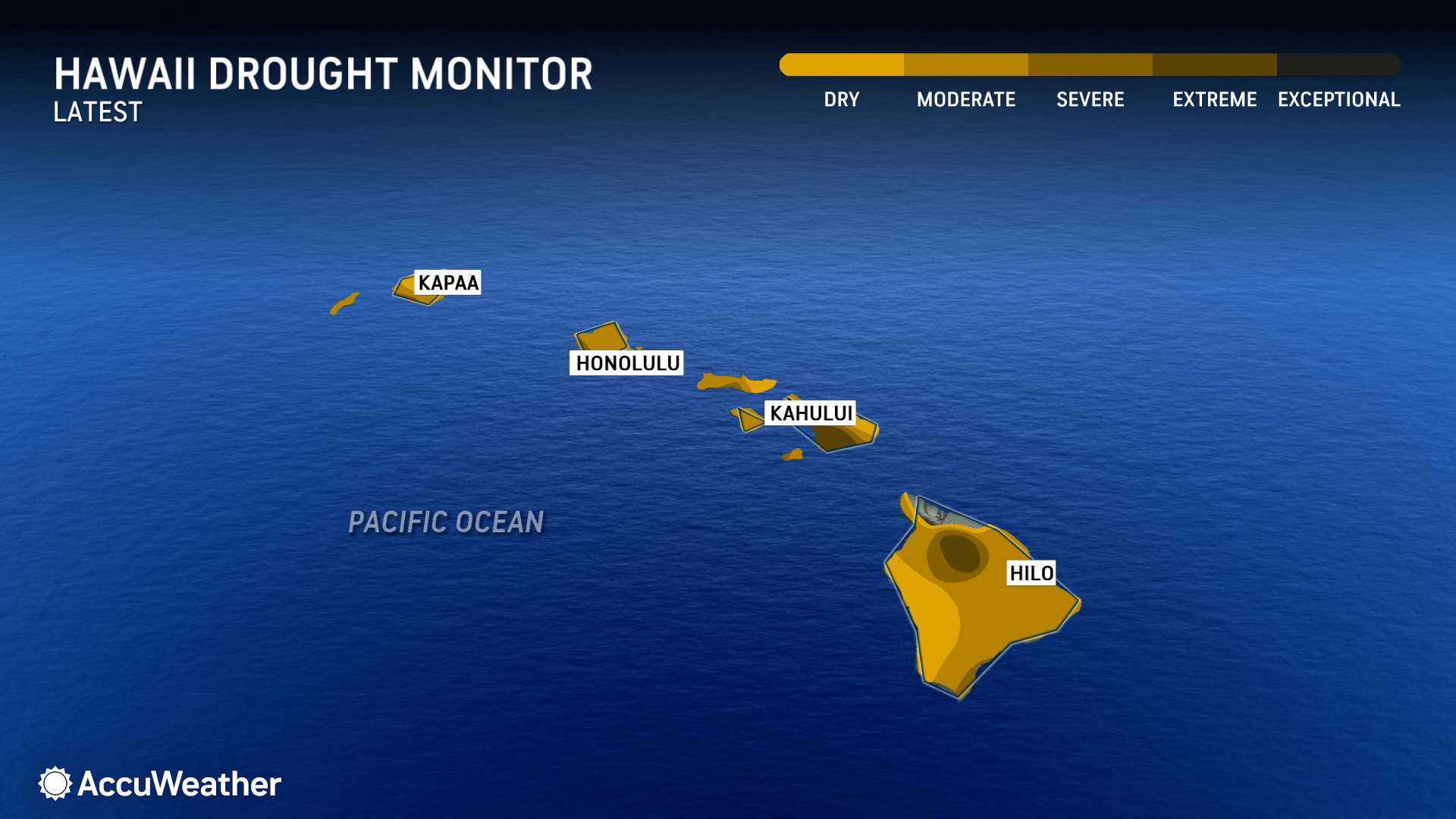
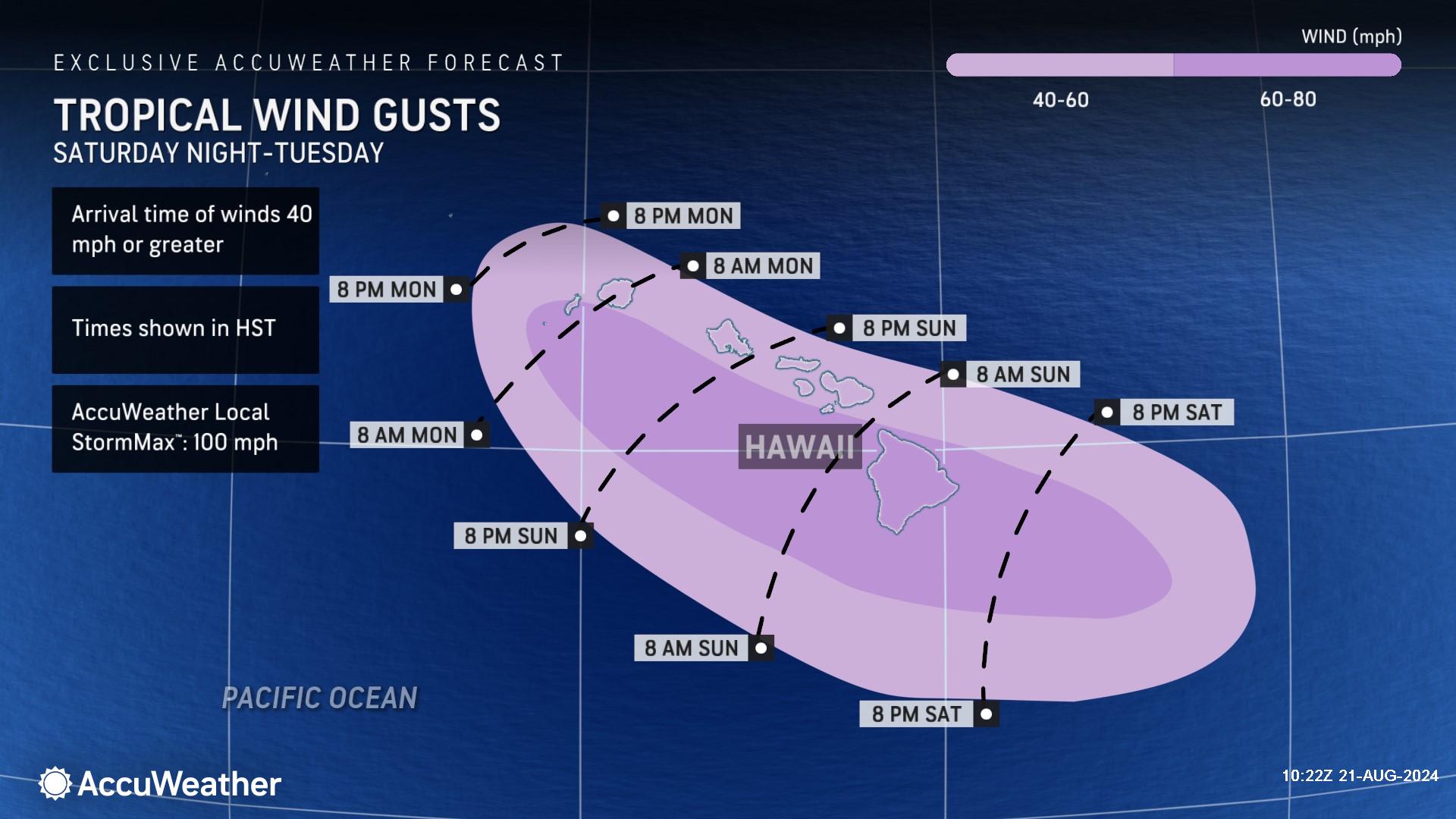
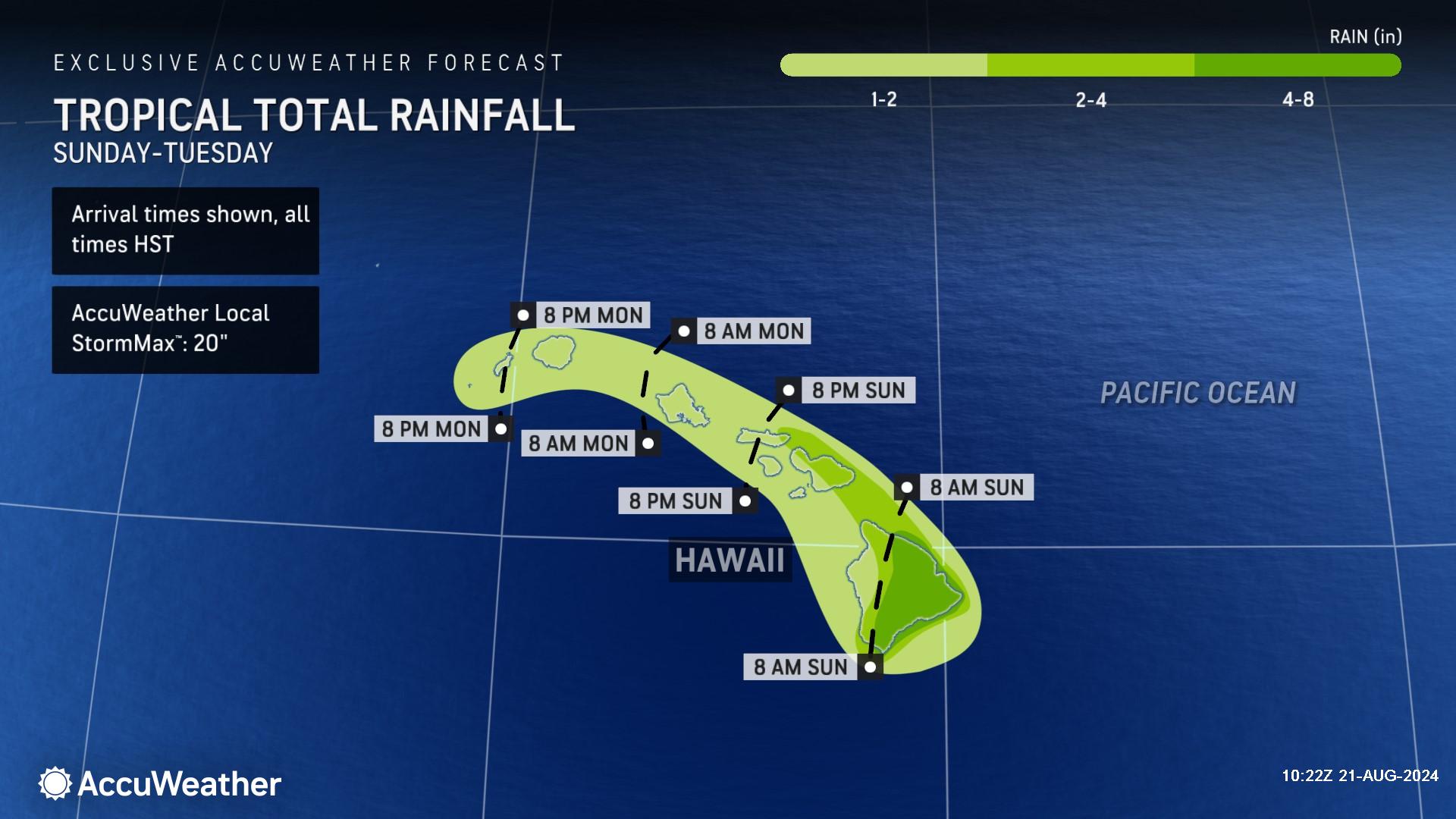
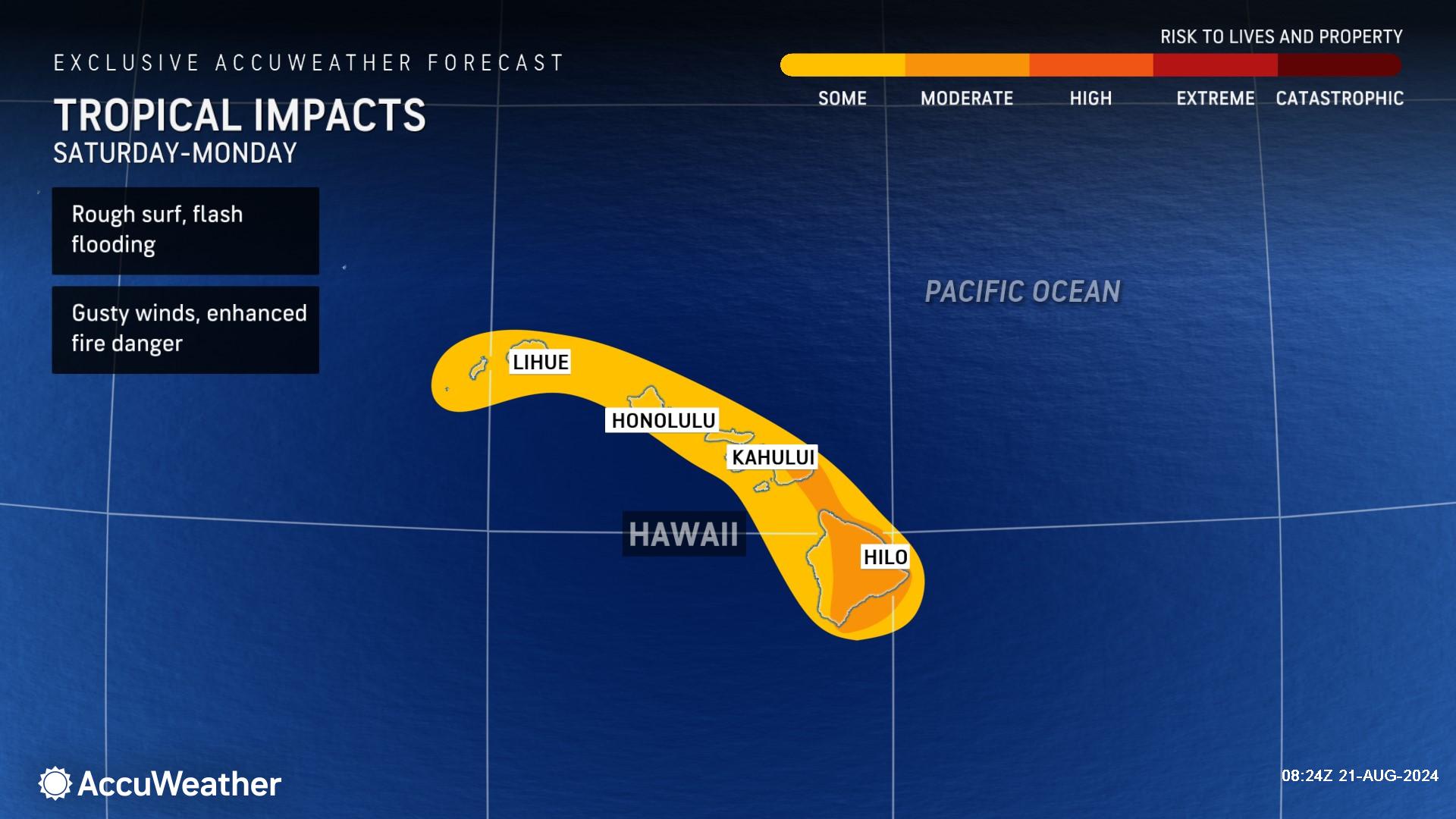
Additional AccuWeather Resources:


